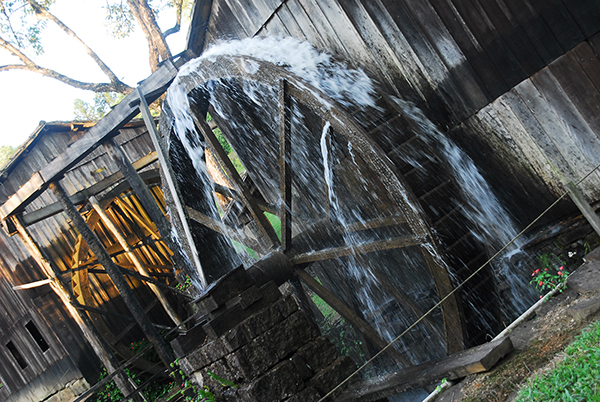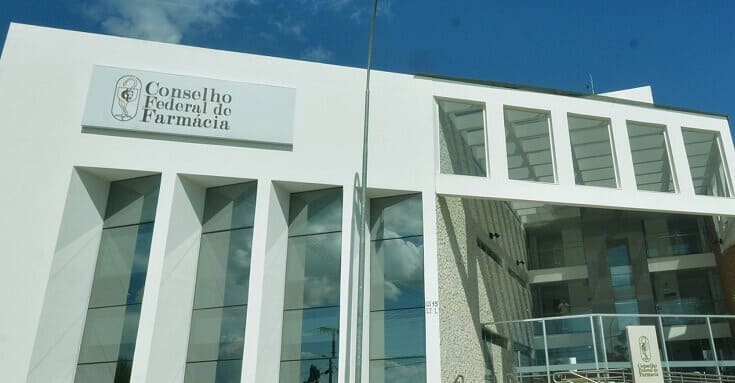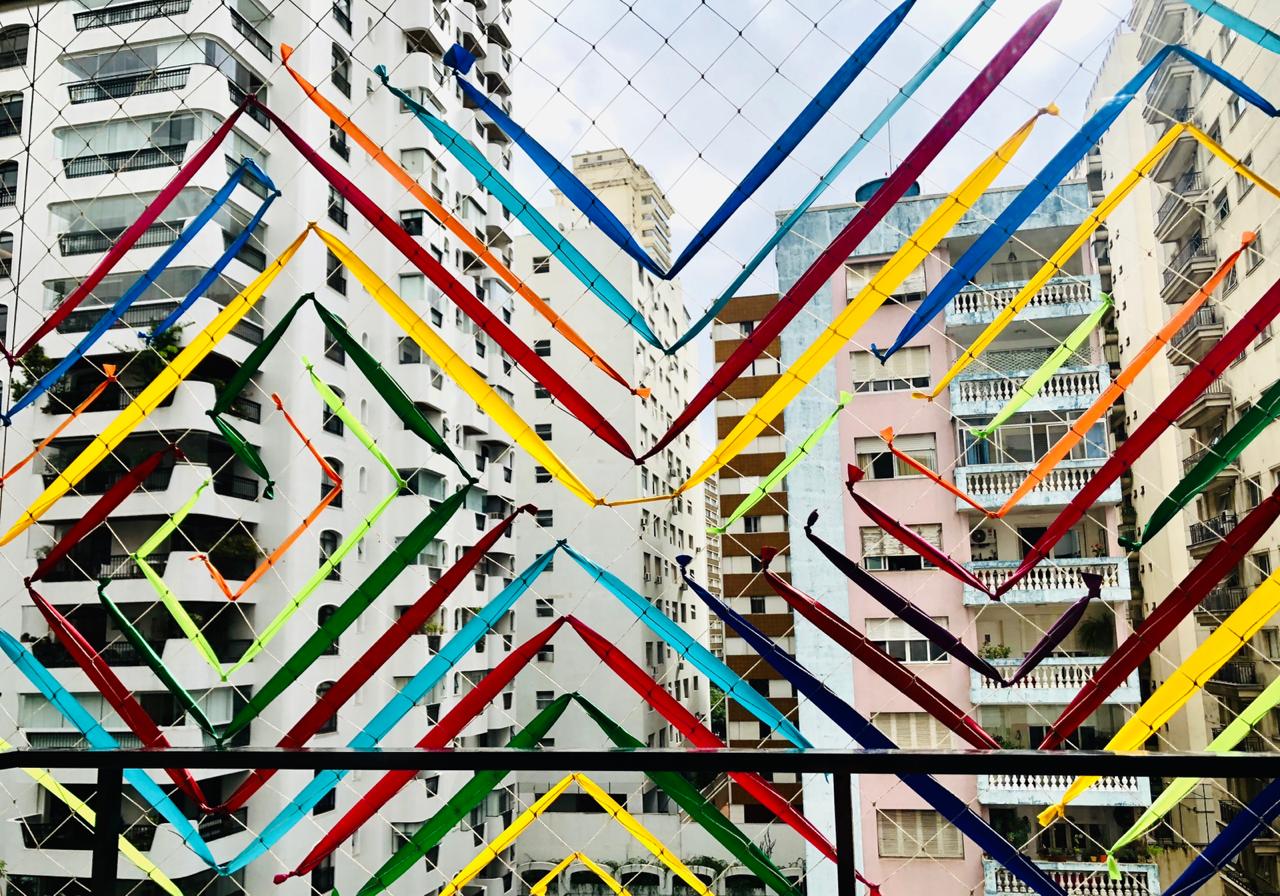After another three decade of waiting, the Princesa Isabel Open Air Museum, located in Orleans, could become a Brazilian cultural heritage. On Wednesday, the 12th, the National Council for Cultural Heritage of the Institute of National Historical and Artistic Heritage – Iphan is judging a Santa Catarina proposal for the institution to be listed. The process started in 1987.
Professor Elcio Willemann, president of the Fundação Educacional Barriga Verde – Febave and dean of the Centro Universitário Barriga Verde – Unibave, and the director of the Open Air Museum, Valdirene Böger Dorigon, follow the trial in Brasília. Febave is the maintainer of the cultural space.
The director stresses that the museum keeps a very rich collection and, this recognition, will bring more visibility. “Last year we received more than 13 thousand visitors. This shows the importance of the museum, and we know that this number may be even greater. In addition, as it gains more visibility in the national territory, it values the history of immigration, from Santa Catarina and their contribution to the country ”, points out Valdirene.
The president of Iphan, Kátia Bogéa, declared that the approval of the Council will reinforce the Cultural Heritage of the South: Cultural Tourism campaign as an asset for the development of historic cities – launched by the institution earlier this year – and recognizes the participation of immigrants in the construction of Brazilian nation.
The Princesa Isabel Open Air Museum is a technological, historical and documentary institution that preserves, researches and disseminates the material culture of different ethnicities, highlighting a collection from immigration in Orleans and the southern region of Santa Catarina. The expression “Open Air” corresponds to the presentation of the collection in a natural and ecological environment, highlighting the colonists’ way of life at the beginning of the 20th century.
Learn more about the museum
Inaugurated on August 30, 1980, the Museum’s main creator was Father João Leonir Dall’Alba. It is the first of its kind in Latin America, installed in an area of twenty thousand square meters of land. The buildings, with traditional characteristics, include: chapel, cassava flour mill, stable, housework shed, beaten floor kitchen, settler’s house, canteen, means of transport, sugar cane mill, wood sawmill stick, craft workshops, carpentry, carpentry, raft, blacksmithing, monjolo and Centro de Vivências.
In addition to these units, we also have the Casa de Pedra, which houses the Plínio Benício Historical Documentation Center (CEDOHI), exhibition rooms and the Conservation and Restoration Laboratory (LACOR), installed on the Museum’s premises.
With Information from Stéphanie Piava / Communication and Marketing



